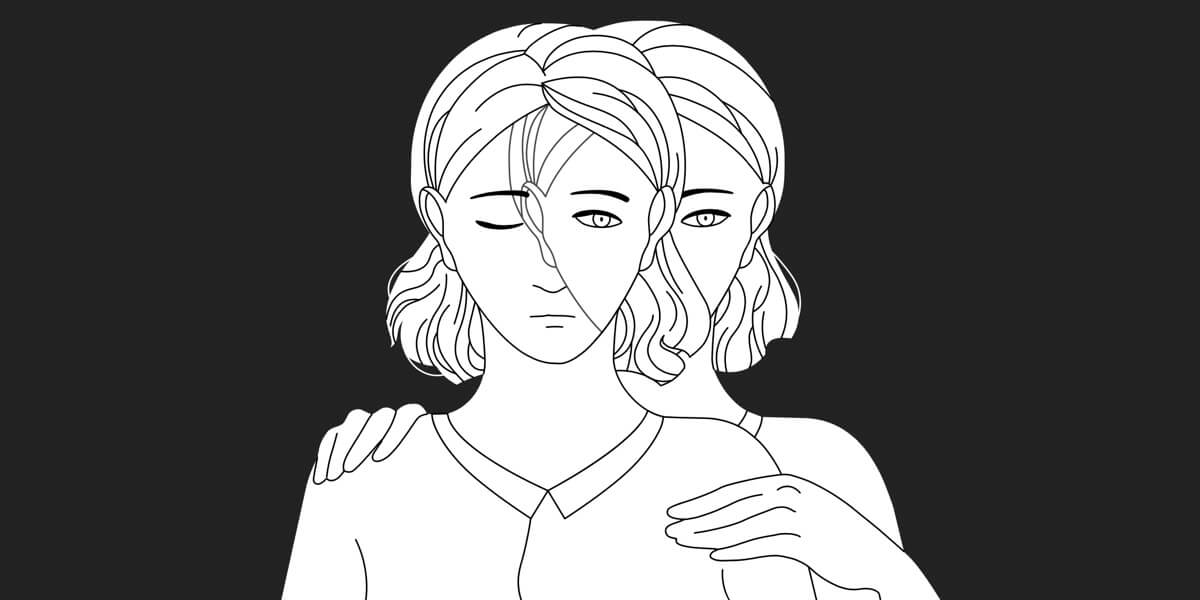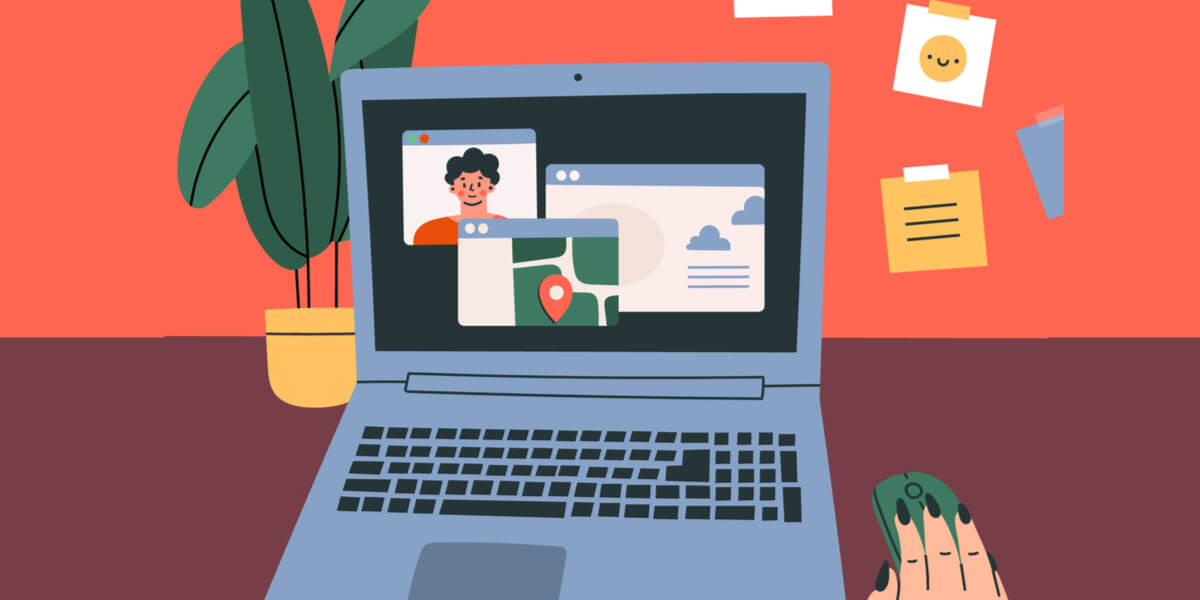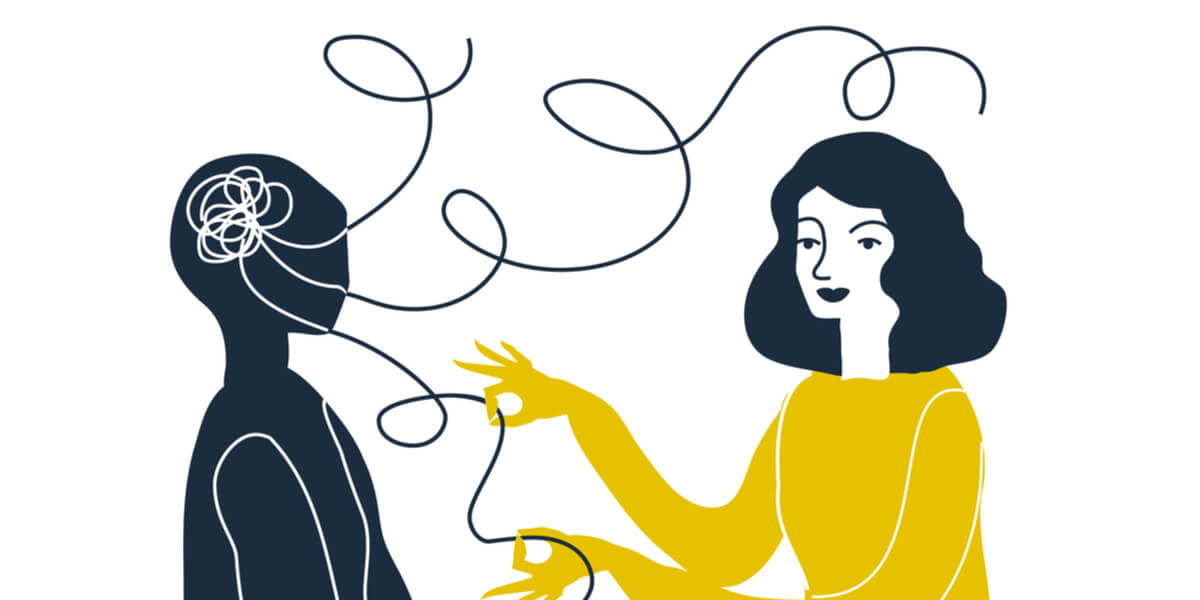This story is a guest contribution from Centered, the world’s largest library of mental health exercises for anxiety, burnout, and depression. Learn more about their offerings here.
The past year has been a lonely time for everyone. According to a recent Cigna study, 61% of people reported feelings of loneliness in 2020. Lack of social support and too few meaningful social interactions were the leading reasons why.
Employee loneliness can be tricky to approach as a manager, especially if you aren’t experiencing it yourself. It’s important to be empathetic — over 35 million Americans currently live alone, which means they’re probably experiencing compounding loneliness in ways you might not even be able to imagine.
There are multiple ways you can make employees feel more supported right now. Of course, creating virtual connection opportunities, like virtual happy hours and company events, is a great start. But you can also support employees by sharing techniques that help them process these complicated feelings.
“Loneliness is an inescapable part of the human experience,” said Cady Macon, an intuitive guide with Centered, an online library of mental health exercises for anxiety, burnout, and depression. “You'll feel alone when you’re actually alone, and sometimes, you’ll feel alone when you’re together.”
According to Macon, there are two key ways we can work through feelings of loneliness:
- Address the parts of you that make you feel separate or isolated
- Remind yourself of your innate connectivity to the whole
“Each of these has their season,” Macon said. “The tools we’ve created for Centered start with the latter.” Here are some of her favorite tools and tips for navigating workplace loneliness.
1. Remember that you’re not as alone as you might think.
When you’re feeling lonely (especially during lockdown), it’s common to “forget” about all the people who are in your life. In Macon’s “Room Full of Strangers” exercise, she asks you to remember all of the people it takes to make your life run. “Life’s a team sport, even when you walk alone,” Macon said.
This tool incorporates a lot of proven therapeutic methodologies, from gratitude to loving-kindness (which incorporates sending well wishes to others). The loving-kindness method has been shown to increase social connectedness in those grappling with loneliness in Stanford University studies.
2. Feel grateful for the love in your life.
As we all know, not seeing the people we love can really exacerbate loneliness. With this tool, Macon reminds us that there’s usually a lot of love in our lives already. Enter “The Power Board,” or as Macon puts it, “a vision board on steroids.”
“A Power Board is a big fat list of things that make you feel awesome. These can be quotes from friends, compliments from strangers, or bits of acknowledgement from coworkers,” Macon explained. “It’s anything that's warm and fuzzy that makes you feel seen, heard and or recognized.”
The Power Board is great for cultivating gratitude. When we remind ourselves on a regular basis of what we do have, we’re less likely to fall into the hole of feeling completely alone.
3. Don’t underestimate your imagination (or sense of humor).
Cady’s last (and most light-hearted) tool is designed to address the question we might dread the most: “What if I don’t actually have as much love in my life as I’d like?”
It’s a daunting question with a surprising answer. “It's quite simple,” Macon said of your next steps. “You're going to do the normal Power Board stuff, but you're just going to make it up.”
Though it might feel silly, Cady’s suggestion to make up love notes, customer testimonials, and any other “reminders of love we wish existed” is no joke. She’s riffing on the idea of “visualizing Best Possible Selves,” which academic research has shown can be beneficial for raising and maintaining a positive mood moving forward.
—
For more mental health exercises that help with burnout, anxiety, depression, work stress and more, sign up for Centered.




.jpg)


